In an era where cyber threats are evolving at an unprecedented pace, cybersecurity is no longer just an IT responsibility—it is a leadership priority. Organizations that fail to integrate cybersecurity into their strategic planning risk severe financial losses, reputational damage, and legal consequences. Business leaders, executives, and decision-makers must take a proactive approach to cybersecurity to ensure resilience against threats.
Cybersecurity leadership is about more than implementing firewalls and security protocols. It requires strategic thinking, risk management, and the ability to build a security-first culture within an organization. As businesses continue to rely on digital technologies, leaders who understand the significance of cybersecurity will be better positioned to protect their organizations and maintain stakeholder trust.
Why Cybersecurity is a Leadership Issue
Traditionally, cybersecurity was seen as a technical issue handled by IT departments. However, modern cyber threats target entire organizations, including employees, executives, and even third-party vendors. Cybercriminals exploit human error, weak policies, and insufficient leadership awareness to breach systems and steal sensitive data.
For example, phishing attacks, ransomware, and social engineering tactics continue to be effective because many employees and leaders lack cybersecurity awareness. When executives and senior management do not prioritize security, it creates vulnerabilities that cybercriminals can easily exploit. Cybersecurity leadership ensures that decision-makers understand risks, invest in the right security measures, and foster a security-conscious culture throughout the organization.
Key Traits of an Effective Cybersecurity Leader
Strong cybersecurity leadership is not just about technical expertise. It involves understanding risk, implementing policies, and educating teams to create a resilient organization. Some key traits of an effective cybersecurity leader include:
✔ Strategic Thinking – Cybersecurity leaders must align security initiatives with business goals. They should focus on proactive risk management rather than reacting to threats after they occur.
✔ Risk Awareness – Understanding the evolving threat landscape is crucial. Leaders should work closely with security teams to assess potential vulnerabilities and develop mitigation strategies.
✔ Decision-Making Under Pressure – Cyber incidents can happen at any time. Leaders must be prepared to make informed decisions quickly to minimize damage and maintain operations.
✔ Strong Communication Skills – Cybersecurity is a company-wide effort. Leaders must educate employees, stakeholders, and board members on security best practices and the importance of compliance.
✔ Commitment to Continuous Learning – Cyber threats are constantly changing. Staying updated on the latest security trends, technologies, and regulatory requirements is essential for effective leadership.
Building a Security-First Culture in an Organization
Cybersecurity is not just about technology—it’s about people. Many cyberattacks succeed because of human error, whether through weak passwords, clicking on malicious links, or falling for phishing scams. Creating a security-first culture helps organizations reduce risks by ensuring that every employee understands their role in protecting data and systems.
Steps to foster a security-conscious environment include:
📌 Regular Cybersecurity Training – Employees should be educated on the latest threats, how to identify phishing attempts, and best practices for securing data.
📌 Clear Cybersecurity Policies – Every organization should have well-defined security policies, including password management, access control, and data protection guidelines.
📌 Encouraging Incident Reporting – Employees should feel comfortable reporting security incidents without fear of blame. Quick reporting can help minimize damage in case of an attack.
📌 Implementing Multi-Factor Authentication (MFA) – Strengthening authentication processes adds an extra layer of security to sensitive systems and accounts.
📌 Leadership Commitment to Security – When executives and management prioritize cybersecurity, employees follow suit. Leadership should actively promote cybersecurity initiatives and set an example by following security best practices themselves.
The Role of Cybersecurity Coaching in Leadership Development
Cybersecurity coaching is becoming increasingly important as business leaders recognize the need to enhance their understanding of cyber risks and best practices. Many executives do not have a technical background, which can make cybersecurity seem overwhelming. Coaching helps bridge this gap by providing practical insights, strategic guidance, and leadership development tailored to cybersecurity challenges.
Key benefits of cybersecurity coaching include:
✔ Improved Risk Management Skills – Coaching helps leaders understand cyber risks in business terms, enabling them to make more informed decisions.
✔ Confidence in Security Strategy Implementation – Many executives struggle with implementing security measures. Coaching provides them with step-by-step guidance to develop and enforce policies effectively.
✔ Better Crisis Management Abilities – Cyber incidents are inevitable. Leaders who receive coaching are better prepared to handle security breaches, communicate with stakeholders, and recover from attacks.
✔ Enhanced Collaboration Between Teams – Cybersecurity is a shared responsibility. Coaching helps leaders improve communication between executives, IT teams, and employees to ensure a unified security approach.
Final Thoughts
Cybersecurity leadership is no longer optional—it is a fundamental requirement for businesses that want to thrive in the digital age. With cyber threats growing in complexity, leaders who prioritize cybersecurity will protect not just their data, but their brand reputation, customer trust, and business continuity.
Organizations must invest in cybersecurity training, coaching, and awareness programs to build a strong security culture. By taking a proactive approach and ensuring that security is embedded in every aspect of operations, businesses can stay ahead of cyber threats and navigate the digital world with confidence.
🚀 Are you ready to strengthen your cybersecurity leadership? Explore how coaching, consulting, and training can help your organization stay secure.


